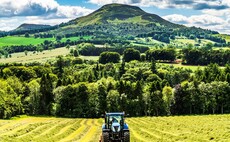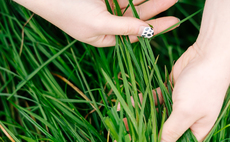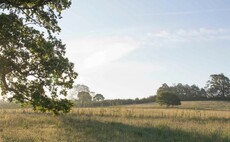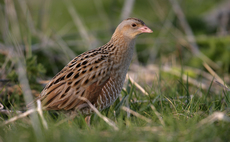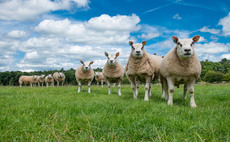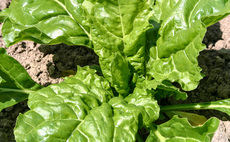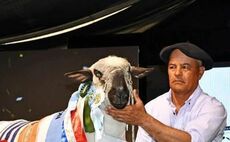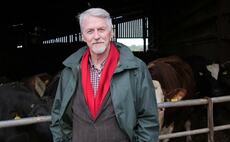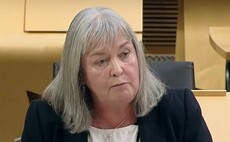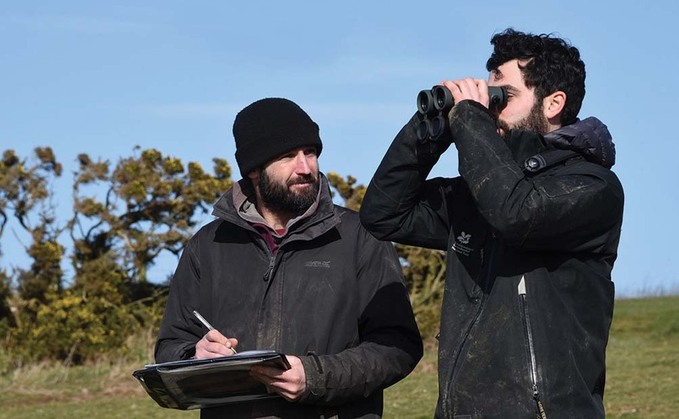
This month's #FarmingCAN special feature looks at some examples of projects around Britain which have nature-friendly farming at their core, including the record number of participants that part in the Game and Wildlife Conservation Trust's (GWCT) Big Farmland Bird Count.
This year saw a record number of participants take part in the Game and Wildlife Conservation Trust (GWCT) Big Farmland Bird Count, an initiative launched in 2014 to highlight the positive work done by farmers and
gamekeepers in helping to reverse the decline in farmland bird numbers.
The aim of the count is to offer a simple means of recording the effect of any conservation work being instigated by farmers and gamekeepers on their land.
Record
Held between February 5 and February 21, this year's count saw records broken as more than 1,800 farmers took part and recorded more than 130 species across more than one million hectares.
James Swyer, GWCT press and publications manager, said: "Unsurprisingly, blackbirds and robins were common, seen by more than 75 per cent of participants, but the survey also captured 25 red-listed species, showing the invaluable impact farmers can have. This included more than 50,000 starlings, almost 25,000 fieldfares and 19,000 lapwings.
"These birds have not appeared by chance. Just under half (48 per cent) of participants are in agri-environment schemes and 39 per cent provide supplementary feed to help birds through winter, either through growing wild bird seed mixes or by providing additional grain through scatter feeding or via hoppers."
Visit the #FarmingCAN hub
In the field: Nicholas Watts, Lincolnshire
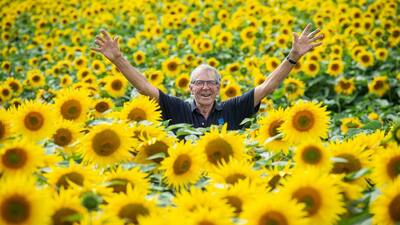
Fourth-generation farmer Nicholas Watts started feeding birds in the farmyard at Vine House Farm, Deeping St Nicholas, Lincolnshire, almost 30 years ago after discovering corn bunting and skylark numbers had dropped.
Birds flocked and, following an open day where several visitors asked for seed to take home, a light-bulb moment came and a new business venture was born.
Mr Watts and his family now grow 160 hectares of birdseed crops including black sunflower, red millet, canary seed, oilseed rape and naked oats, which go into wild bird food mixes.
Fields at Vine House are also farmed with birds in mind, with hedges, ponds and wildflower margins at field edges designed to encourage insects to flourish.
A percentage of each purchase of farm-produced birdseed is donated to the Wildlife Trust, with £2 million raised over the past 14 years.
Each May, Mr Watts conducts his own annual farmland bird survey, recording the results in handwritten logbooks. He says marsh harriers, buzzards, lapwing and sedge warblers were doing well last spring, but yellow wagtail numbers were down.
Mr Watts said: "Sources of natural food, like insects are declining, and worms retreat deeper into the soil in dry weather. Putting out plump sultanas, soaked in water means young birds can get vital moisture."






